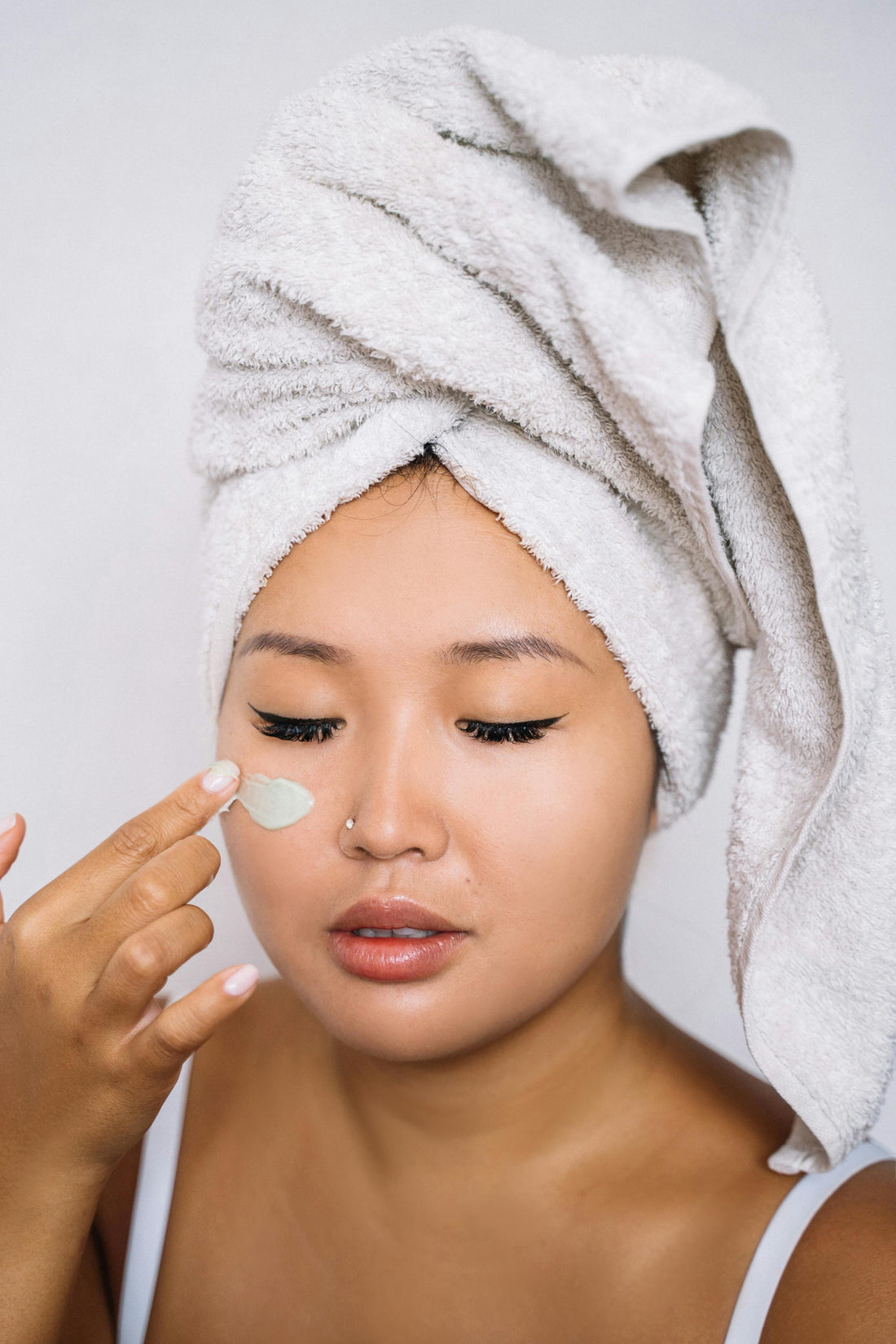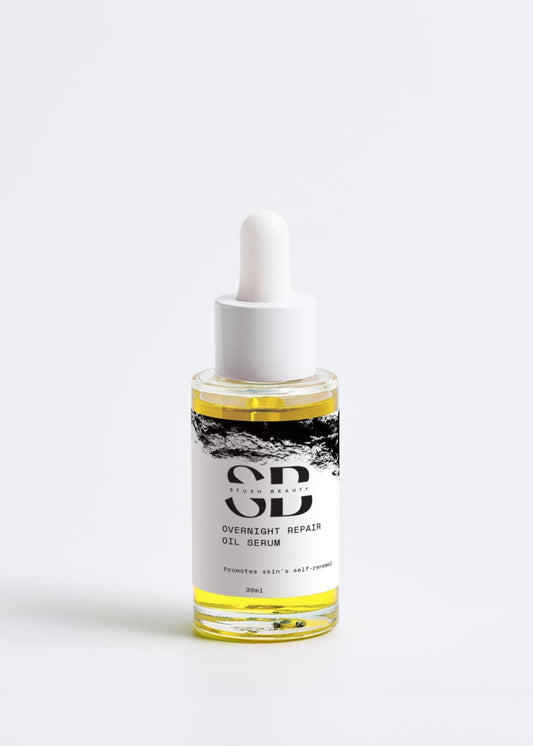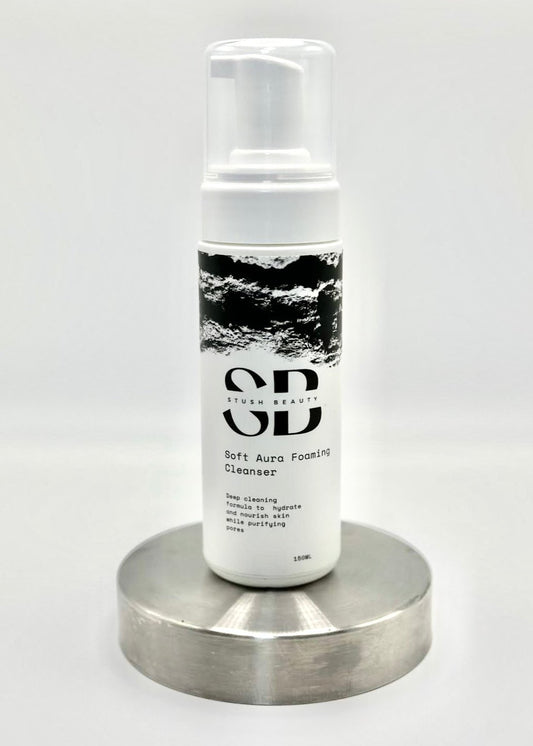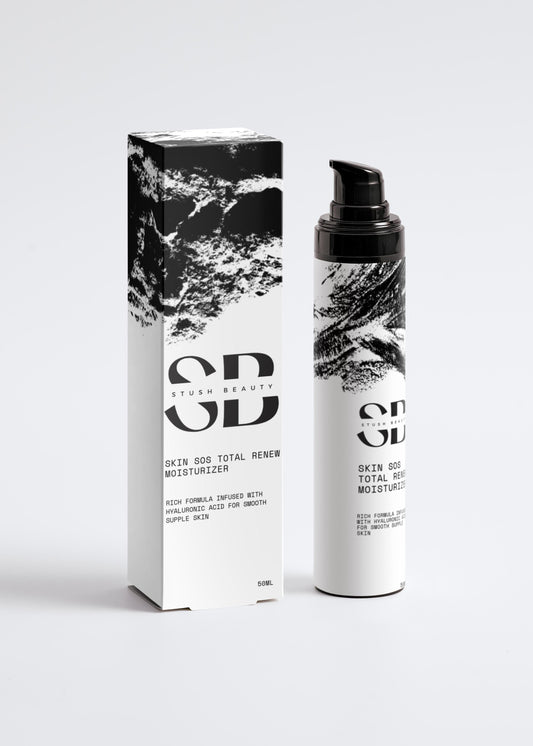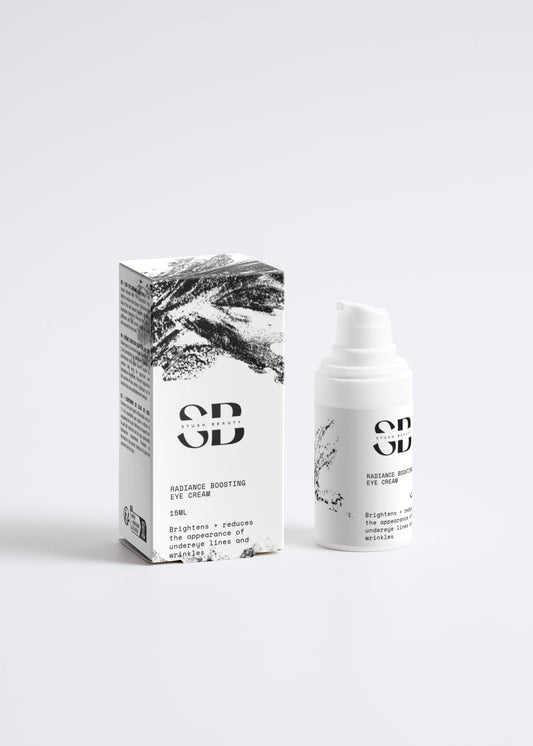Exfoliation is a fundamental step in any skincare routine, crucial for achieving a smooth, radiant complexion. But with the myriad of products available, it's easy to get overwhelmed, especially when deciding between chemical and physical exfoliants. So, what are the differences between these two types of exfoliants, and which one should you use? Let's dive in.
Chemical Exfoliants:
Chemical exfoliants utilize acids or enzymes to dissolve dead skin cells and promote cell turnover. They work by breaking down the bonds between skin cells, revealing fresh, radiant skin underneath. Common chemical exfoliants include:
1. Alpha Hydroxy Acids (AHAs): Such as glycolic acid and lactic acid, AHAs are water-soluble acids derived from fruits and milk. They're effective at exfoliating the skin's surface, improving texture, and reducing the appearance of fine lines and wrinkles.
2. Beta Hydroxy Acids (BHAs): Salicylic acid is the most well-known BHA. It's oil-soluble, making it effective for penetrating deep into pores, unclogging them, and treating acne and blackheads.
3. Enzymes: Natural enzymes like papain (from papaya) and bromelain (from pineapple) gently dissolve dead skin cells without the need for scrubbing. They're often gentler than acid-based exfoliants, making them suitable for sensitive skin types.
Physical Exfoliants:
Physical exfoliants, also known as manual exfoliants, use abrasive particles or tools to physically slough away dead skin cells. These can include:
1. Scrubs: Formulated with granules such as sugar, salt, or ground nuts, scrubs physically buff away dead skin cells. While effective, they can be abrasive, leading to irritation, especially for sensitive or acne-prone skin.
2. Exfoliating Brushes or Sponges: These tools use gentle friction to manually remove dead skin cells. They can be effective when used correctly but should be used with caution to avoid over-exfoliation.
Which Should You Use?
Choosing between chemical and physical exfoliants depends on various factors, including your skin type, concerns, and sensitivity. Here are some considerations to help you decide:
1. Skin Type:
- Dry or Sensitive Skin: Chemical exfoliants are often gentler and less likely to cause irritation compared to physical exfoliants.
- Oily or Acne-Prone Skin: BHAs like salicylic acid can penetrate pores and help reduce breakouts, making them suitable for oily or acne-prone skin.
2. Concerns:
- Texture and Tone: Chemical exfoliants are typically more effective at improving skin texture and tone, thanks to their ability to penetrate deeper into the skin.
- Blackheads and Acne: BHAs are particularly effective for treating blackheads and acne due to their ability to penetrate pores and dissolve excess oil.
3. Frequency:
- Chemical exfoliants are often recommended for regular use, with frequency depending on the product's concentration and your skin's tolerance.
- Physical exfoliants should be used more sparingly to avoid irritation and over-exfoliation, typically 2-3 times a week.
4. Patch Test:
- Regardless of the type of exfoliant you choose, it's essential to patch test first, especially if you have sensitive skin, to avoid adverse reactions.
In conclusion, both chemical and physical exfoliants have their merits, and the best choice for you depends on your individual skin type, concerns, and preferences. Experimentation may be necessary to find the perfect balance for your skin, and remember, consistency is key to achieving healthy, glowing skin.
